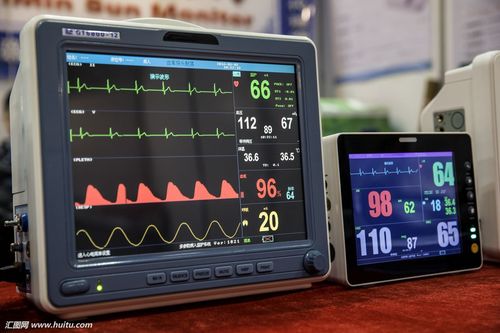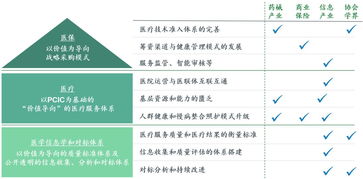Title: Enhancing Health Monitoring with CCTV Technology
In recent years, ClosedCircuit Television (CCTV) technology has evolved beyond its traditional role in security and surveillance. With advancements in image processing, machine learning, and artificial intelligence, CCTV systems are now being utilized for health monitoring purposes as well. This integration of CCTV into healthcare practices offers numerous benefits, ranging from early disease detection to personalized patient care. Let's delve deeper into how CCTVbased health monitoring works and its potential applications.
Understanding CCTV Health Monitoring:
CCTV health monitoring involves the use of cameras equipped with sophisticated image processing algorithms to track various health parameters. These parameters may include:
1.
Vital Signs Monitoring:
Cameras can analyze subtle changes in skin color, temperature, and movements to infer vital signs such as heart rate, respiratory rate, and blood pressure.2.
Activity Tracking:
CCTV systems can monitor a person's movements and activities, providing insights into their physical fitness levels and overall mobility.3.
Fall Detection:
By continuously monitoring an individual's movements, CCTV cameras can detect sudden falls or unusual behaviors, triggering immediate alerts for assistance.4.
Behavioral Analysis:
CCTV cameras can analyze behavioral patterns over time, identifying deviations that may indicate changes in mental or cognitive health.Applications of CCTV Health Monitoring:
1.
Elderly Care Facilities:
CCTV systems installed in assisted living facilities or nursing homes can provide roundtheclock monitoring of residents' health and safety. From detecting falls to monitoring medication adherence, these systems offer invaluable support for elderly care.2.
Hospital Wards:
In hospital wards, CCTV cameras can complement traditional patient monitoring systems by providing continuous surveillance of patients' vital signs and activities. This realtime data can help healthcare professionals intervene promptly in case of emergencies.3.
Home Health Monitoring:
With the rise of telemedicine and remote patient monitoring, CCTV technology can be integrated into home healthcare systems. Patients with chronic illnesses or mobility issues can benefit from continuous monitoring without the need for frequent hospital visits.4.
Public Health Surveillance:
CCTV cameras installed in public spaces can serve as early warning systems for infectious disease outbreaks or public health emergencies. By monitoring crowd densities, mask compliance, and other relevant factors, authorities can implement timely interventions to contain the spread of diseases.Challenges and Considerations:

While CCTVbased health monitoring holds tremendous potential, several challenges need to be addressed:
1.
Privacy Concerns:
The extensive use of CCTV cameras raises privacy concerns regarding the collection and storage of personal health data. Clear guidelines and regulations must be established to safeguard individuals' privacy rights.2.
Data Security:
Ensuring the security of health data transmitted and stored by CCTV systems is crucial to prevent unauthorized access or data breaches.3.
Accuracy and Reliability:
The accuracy and reliability of health monitoring algorithms used in CCTV systems need to be validated through rigorous testing and clinical studies.4.
Ethical Considerations:
Ethical issues surrounding consent, autonomy, and the responsible use of surveillance technologies must be carefully addressed to build trust among users and stakeholders.Conclusion:
CCTV technology has evolved beyond its traditional role in security to become a powerful tool for health monitoring and surveillance. By leveraging advanced image processing and AI algorithms, CCTV systems can provide valuable insights into individuals' health status and behaviors in various settings, from healthcare facilities to public spaces. However, to fully realize the potential of CCTVbased health monitoring, it is essential to address privacy concerns, ensure data security, and uphold ethical principles. With proper safeguards in place, CCTV technology has the potential to revolutionize healthcare delivery and improve patient outcomes in the years to come.
References:
[1] Smith, A. C., Thomas, E., Snoswell, C. L., Haydon, H., Mehrotra, A., Clemensen, J., & Caffery, L. J. (2020). Telehealth for global emergencies: Implications for coronavirus disease 2019 (COVID19). Journal of Telemedicine and Telecare, 1357633X20916567.
[2] Hamon, B., & Steinfeld, A. (2018). Privacy by Design in Video Surveillance. In 2018 IEEE European Symposium on Security and Privacy Workshops (EuroS&PW) (pp. 8187). IEEE.
[3] Wu, Y., Li, H., & Liu, Y. (2021). Wearable devices for elder care: a literature review. BMC geriatrics, 21(1), 1








